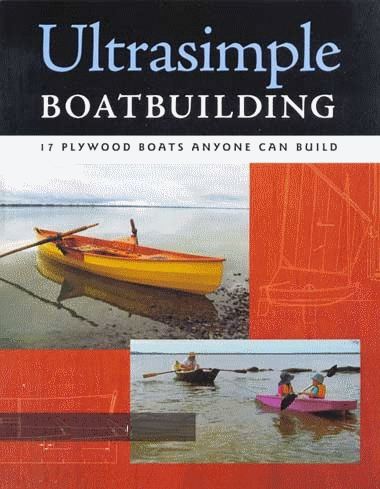

The previous header photo was of the Tempo scow designed by Jack Koper of South Africa in the early 1960s. He did three home-built scow designs, all extremely popular in South Africa. The Tempo made it into the northern hemisphere, becoming popular in Germany and Holland and in a twist, the Tempo, in modern times, is now only found in these two countries and not in the home of origin, South Africa. The Fireball was introduced around the same time as the Tempo scow and sits in the same space, a 4.88 meter, two man, single trapeze, spinnaker performance dinghy capable of being home built. The Fireball became an international class, the Tempo is bumping along close to extinction.
Amazingly, last year, I came across a forlorn, rotting Tempo sitting around the back of Bacon and Associates (the Annapolis firm that is the top broker of used sailboat sails, fittings, and other sailing paraphernalia in the U.S.); a Tempo that was home-built in Maryland in the 1970s. Unfortunately this Tempo was too far gone but if it retained a good proportion of her plywood in decent shape I would have finagled slotting this Tempo amongst my bevy of Classic Moths. (Yes, my dear, that is one of my Classic Moths, the length just appears as an optical illusion!)
I hope the Tempo sticks around. It is a true scow whereas the Fireball is more of an unique transom bowed, flat rocker panel, multi-chine dinghy. The Fireball, with its high level of competition, no longer sees a home-built wooden dinghy among the top finishers in a major regatta. It would be nice to see a two man, single trapeze class where a wooden boat still has a chance. It would also be great to see the Tempo plans available as an Internet download. Earwigoagin would offer the services of this blog if someone wants to send the blogmeister a copy of the Tempo plans.
Photos of the Tempo scow that I have culled from the Internet:



A wooden home-built Tempo sitting in front of a fiberglass Tempo. The roundish gunwhale shape was carved out of a solid piece of wood.



The history of the Tempo scow.



0 komentar:
Posting Komentar